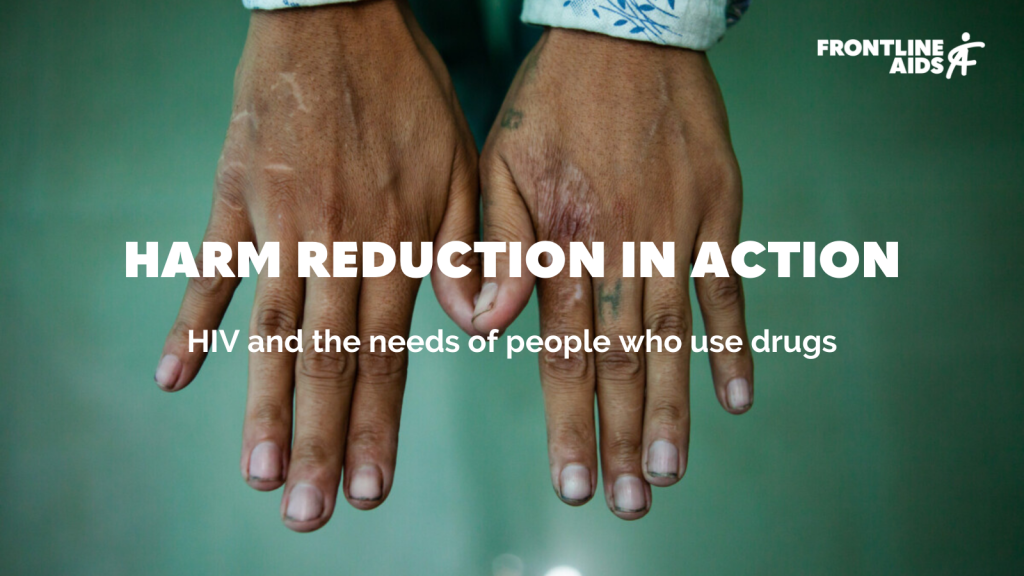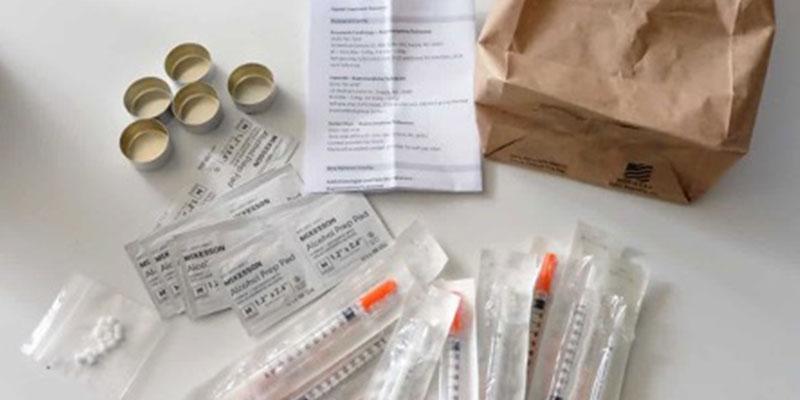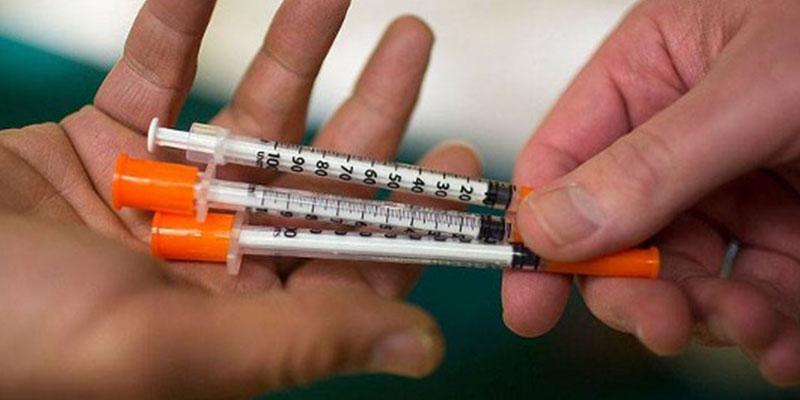
Harm reduction is a set of practical strategies aimed at minimizing the negative consequences associated with drug use, sexual health, and other high-risk behaviors. It acknowledges that while some individuals may not be able to or choose not to abstain from these activities, they can still take steps to reduce their risks and improve their overall health.

Principles of Harm Reduction
1. Respect for Autonomy
- Description: Recognizes the rights of individuals to make their own choices and provides them with the tools and information needed to minimize harm.
- Application: Offers non-judgmental support and services without requiring cessation of the risky behavior.
2. Evidence-Based Practices
- Description: Uses strategies that are proven to effectively reduce harm, based on scientific research and data.
- Application: Includes measures like needle exchange programs, supervised injection sites, and safer sex education.
3. Empowerment and Participation
- Description: Encourages individuals to participate in the creation and implementation of harm reduction programs, fostering a sense of ownership and responsibility.
- Application: Involves community input and collaboration in developing harm reduction policies and services.
Key Harm Reduction Strategies

1. Needle Exchange Programs
- Description: Provides clean needles to individuals who inject drugs to prevent the spread of blood-borne diseases like HIV and hepatitis.
- Benefits: Reduces the transmission of infections and connects individuals to health services.
2. Supervised Injection Sites
- Description: Safe, hygienic spaces where individuals can use drugs under medical supervision.
- Benefits: Reduces overdose deaths, provides immediate medical assistance, and offers pathways to addiction treatment.
3. Safer Sex Education
- Description: Educates individuals about safe sex practices to prevent STIs and unplanned pregnancies.
- Benefits: Increases awareness and use of protection methods, reducing the spread of infections.
4. Medication-Assisted Treatment (MAT)
- Description: Uses medications like methadone and buprenorphine to treat substance use disorders, combined with counseling and behavioral therapies.
- Benefits: Reduces withdrawal symptoms, decreases cravings, and supports long-term recovery.

Benefits of Harm Reduction
1. Health Improvement
- Description: By reducing the risks associated with drug use and other behaviors, harm reduction improves the overall health of individuals.
- Impact: Leads to fewer infections, overdoses, and related health issues.
2. Social Benefits
- Description: Harm reduction programs often provide social support, reducing isolation and improving the quality of life for participants.
- Impact: Enhances community safety and cohesion.
3. Economic Savings
- Description: Reducing the health and social costs associated with risky behaviors leads to significant economic savings for healthcare systems and society.
- Impact: Lowers public health expenditures and increases productivity.
4. Pathways to Recovery
- Description: Harm reduction can serve as a bridge to addiction treatment and recovery services.
- Impact: Encourages individuals to seek help and supports long-term recovery efforts.
General FAQ
Harm reduction is a set of strategies aimed at minimizing the negative consequences of substance use.
Techniques include needle exchange programs, safe consumption spaces, and education on safer use practices.
No, harm reduction acknowledges the reality of substance use and seeks to reduce associated harms without necessarily requiring abstinence.
Harm reduction can significantly reduce health risks and improve the quality of life for individuals who use substances.
Anyone who uses substances, particularly those not ready or able to commit to abstinence, can benefit from harm reduction strategies.
